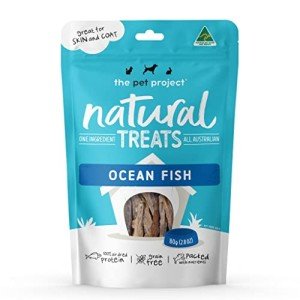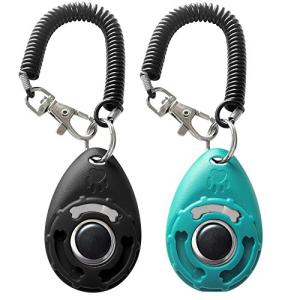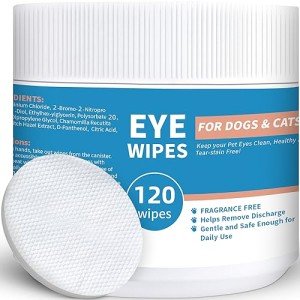Australia has a significant feral cat problem that’s causing distress to both native wildlife and communities. These cats are not just pets gone rogue; they are descendants of domesticated cats that have gone wild over generations. They thrive in most environments, from urban settings to remote outback areas, making them tricky to manage.
One of the main concerns is how these cats impact local wildlife. They are skilled hunters and can take down small mammals, birds, and reptiles, many of which are already vulnerable. Feral cats alone are responsible for the decline of numerous species in Australia. As they roam freely, they contribute to the loss of biodiversity, which is a big issue for conservationists.
Addressing the feral cat crisis is complicated. Some advocate for measures like trap-neuter-return programs, where feral cats are humanely trapped, sterilized, and then returned to their territory. Others suggest more direct control methods. Whatever the approach, it's crucial to balance humane treatment with protecting native creatures.
One thing is for sure: cat food plays a big role in this conversation. People often feed stray cats, unintentionally helping them thrive and reproduce. When communities offer food, they’re inadvertently increasing the feral cat population. Encouraging responsible pet ownership and educating locals about the consequences of feeding feral cats can make a positive difference.
Feral cats are a complex problem that requires cooperation from everyone involved. The more we understand their impact, the better equipped we’ll be to find effective solutions. It’s all about protecting our wildlife while being mindful of our furry friends.
Impact on Native Wildlife
Feral cats are more than just a nuisance in Australia; they’re a serious threat to native wildlife. With their sharp hunting skills, these cats prey on many smaller animals, including birds, mammals, and reptiles. An estimated 1.5 billion native creatures fall victim to feral cats every year. That’s a staggering number when you consider how many unique species we have down under.
Many of Australia’s rare and special wildlife can’t cope with the extra threat of feral cats. Some species are already struggling to survive due to habitat loss and climate change, and the presence of feral cats just adds more pressure. For instance, animals like the bilby and the ground parrot are on the brink of extinction, and feral cats play a big role in their decline.
This crisis also highlights the issue of responsible pet ownership. When people leave cat food outside or allow their pets to roam, it encourages stray cats to hang around. If you feed a stray cat, you’re not just giving it a meal, you might be helping it thrive and reproduce, endangering local wildlife even more. It’s vital for everyone to take action to prevent this cycle.
Controlling the feral cat population isn’t just about keeping wildlife safe; it's about preserving Australia’s unique ecosystems. Programs focusing on trapping and neutering feral cats can help manage their numbers. Every step counts to protect our wildlife and maintain the delicate balance of our environment.
Australian-Made Forage Cockatiel Bird Food Mix 1.75kg
A nutritious and tasty blend that your cockatiel will love and thrive on
Product information
$31.71
Product Review Score
4.69 out of 5 stars
195 reviewsProduct links
Effective Solutions to Reduce Feral Cats
Australia's feral cat crisis is a big issue, affecting native wildlife and the environment. To help tackle this problem, we need practical solutions that the community can support. One effective method is the establishment of feeding stations that provide cat food specifically designed for feral cats.
By setting up these feeding stations in strategic locations, we can encourage feral cats to gather in areas where they can be monitored and managed. It’s essential to use high-quality cat food that meets their nutritional needs without attracting unwanted wildlife. This helps keep the cats healthy while we work on longer-term solutions.
Another solution is implementing Trap-Neuter-Return (TNR) programs. These programs aim to humanely capture feral cats, spay or neuter them, and then return them to their territory. TNR reduces the number of kittens born each year, slowly decreasing the feral cat population over time. Providing cat food at these sites can help cats recover from surgery and ensure their survival as they adjust to life without breeding.
Community engagement plays a vital role too. Educating people about the impact of feral cats and encouraging responsible behavior, such as keeping pet cats indoors and not feeding feral cats outside, can make a significant difference. By collaborating with local animal welfare groups, we can create awareness and do our part in easing the situation.
Australian Ocean Fish Dog Snack - 80g
A tasty and nutritious treat your dog will love for healthy snacking
Product information
$10.69
Product Review Score
4.95 out of 5 stars
193 reviewsProduct links
Getting Involved for Change
If you're looking to make a real difference in tackling Australia's feral cat crisis, there are a few straightforward steps you can take. It's not just about understanding the problem; it's about getting actively involved. The more people who care and contribute, the better the chances of reducing the impact of feral cats on local wildlife.
Firstly, consider supporting organizations dedicated to this cause. These groups often run awareness campaigns and engage in efforts to manage cat populations humanely. Donating your time, money, or even cat food can go a long way. Every little bit helps fund vital programs that aim to reduce the number of feral cats roaming our neighborhoods and parks.
Local communities often organize events to trap, neuter, and return (TNR) cats. Participating in these programs is a great way to get involved directly. You’ll meet other caring folks who share your passion and learn more about responsible pet ownership, and how to properly care for or manage feral cats.
Lastly, spread the word! Talk to friends, family, and neighbors about the feral cat crisis. Share information on social media. Raise awareness about responsible cat ownership, like keeping pets indoors or ensuring they're spayed and neutered. When everyone pitches in to educate others, we can create a ripple effect that benefits not only our beloved pets but also the wildlife that needs protecting.






